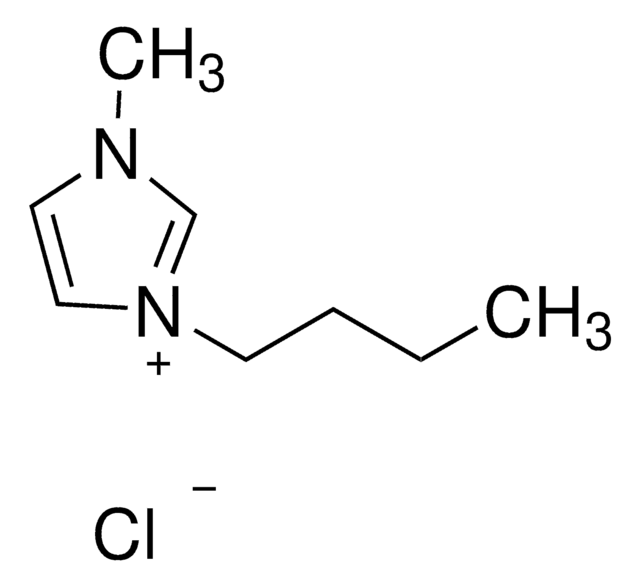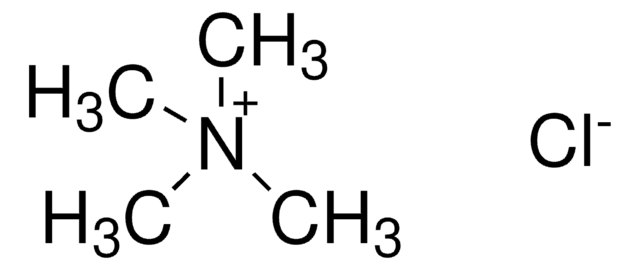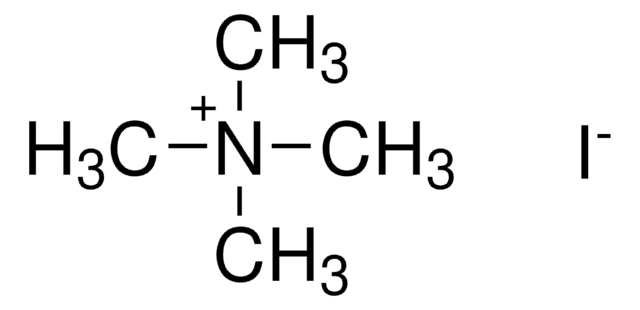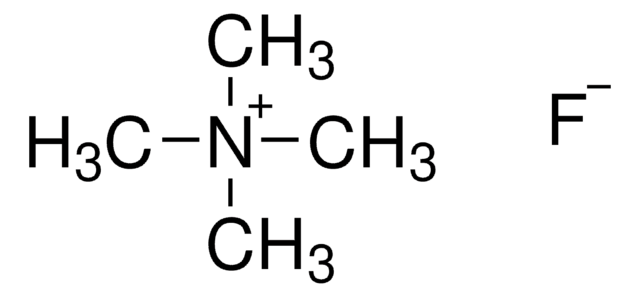429465
Bromuro de litio
AnhydroBeads™, −10 mesh, 99.999% trace metals basis
Sinónimos:
Lithium monobromide
About This Item
Productos recomendados
grade
for synthesis
product line
AnhydroBeads™
assay
99.999% trace metals basis
form
beads
impurities
≤15.0 ppm Trace Metal Analysis
particle size
−10 mesh
mp
550 °C (lit.)
SMILES string
[Li+].[Br-]
InChI
1S/BrH.Li/h1H;/q;+1/p-1
InChI key
AMXOYNBUYSYVKV-UHFFFAOYSA-M
¿Está buscando productos similares? Visita Guía de comparación de productos
General description
Application
- An electrolyte additive for lithium-sulfur batteries to enhance their rate performance and cycling stability.
- To prepare poly (vinyl alcohol) (PVA) fibers. The addition of LiBr improves the mechanical properties of the polymer fibers.
- To fabricate a surface passivation layer for silicon solar cells to enhance photoluminescence intensity.
Legal Information
For use with
signalword
Warning
hcodes
Hazard Classifications
Acute Tox. 4 Oral - Eye Irrit. 2 - Skin Irrit. 2 - Skin Sens. 1
Storage Class
13 - Non Combustible Solids
wgk_germany
WGK 1
flash_point_f
Not applicable
flash_point_c
Not applicable
Elija entre una de las versiones más recientes:
¿Ya tiene este producto?
Encuentre la documentación para los productos que ha comprado recientemente en la Biblioteca de documentos.
Artículos
Research and development of solid-state lithium fast-ion conductors is crucial because they can be potentially used as solid electrolytes in all-solid-state batteries, which may solve the safety and energy-density related issues of conventional lithium-ion batteries that use liquid (farmable organic) electrolytes.
Nuestro equipo de científicos tiene experiencia en todas las áreas de investigación: Ciencias de la vida, Ciencia de los materiales, Síntesis química, Cromatografía, Analítica y muchas otras.
Póngase en contacto con el Servicio técnico









